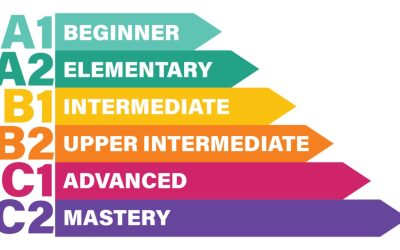If you want to expand your business and sell products or services globally, the key to success lies in localizing your website. By adapting your content to different markets, you will make users feel comfortable and confident when making a purchase. But be careful! Localization goes far beyond simple translation.
In this article, we will explain how to translate your e-commerce site into English using certified translators and the options offered by different artificial intelligence (AI) tools to do so in an informative and effective way. Finally, we’ll tell you why choosing official translation services with specialists is the best solution.
What is e-commerce website localization?
Localization is the process of adapting a website to meet the linguistic and cultural needs of a specific market. This includes everything from accurate translations to adjustments in currency, payment methods, and visual content.
1. Language and professional translations
The first step in localizing a website is translating its content into the language of the target market. If you want to translate your e-commerce site into English, you have several options available:

These AIs can be an initial solution for small e-commerce businesses, but it is important to understand that they do not replace the precision of a certified human translator. Moreover, they are not optimized to analyze the context of a piece of writing, often resulting in literal translations that feel artificial.
2. Local currency and payment methods
Displaying prices in the local currency simplifies the purchasing process and avoids confusion. Additionally, offering popular payment methods in each region is essential. Some examples include:
- Local credit cards.
- Digital payment platforms like PayPal or Stripe.
- Cash-on-delivery options depending on the region.
If your website displays prices and payment options tailored to each country, your business will increase conversion rates and international sales.
3. Cultural sensitivity: adapt your content
Cultural sensitivity means respecting the customs, traditions, and values of your target audience. This includes not only the words but also the visual elements and design of the website.
Aspects to consider in localization:
- Images: Ensure they are appropriate and culturally relevant.
- Colors: Some colors can have different meanings in each culture.
- Communication style: Use formal or informal tone depending on the audience.
Adapting your content with cultural sensitivity helps you genuinely connect with your customers.
AI vs. Certified Translators: Which is the best option?
While AI tools can provide quick and cost-effective translations, they have limitations:
- They don’t always grasp linguistic and cultural nuances.
- They can produce grammatical or contextual errors.
- They do not guarantee the precision required for legal or technical texts.
Therefore, for high-quality certified translations, it’s better to rely on professional translators who:
- Guarantee clear and effective communication.
- Comply with necessary legal standards.
- Adapt the content in a personalized way.
Why choose official translation services?
Although AI tools can be a first step, nothing matches the quality of a team of certified translators. Our specialists in official translations are ready to:
- Translate your website with the highest accuracy.
- Adapt the content to your target audience.
- Offer a professional and reliable service.
Don’t let language barriers stop your international growth! Contact us today and discover how our team of certified translation specialists can help you take your e-commerce business to the next level.


